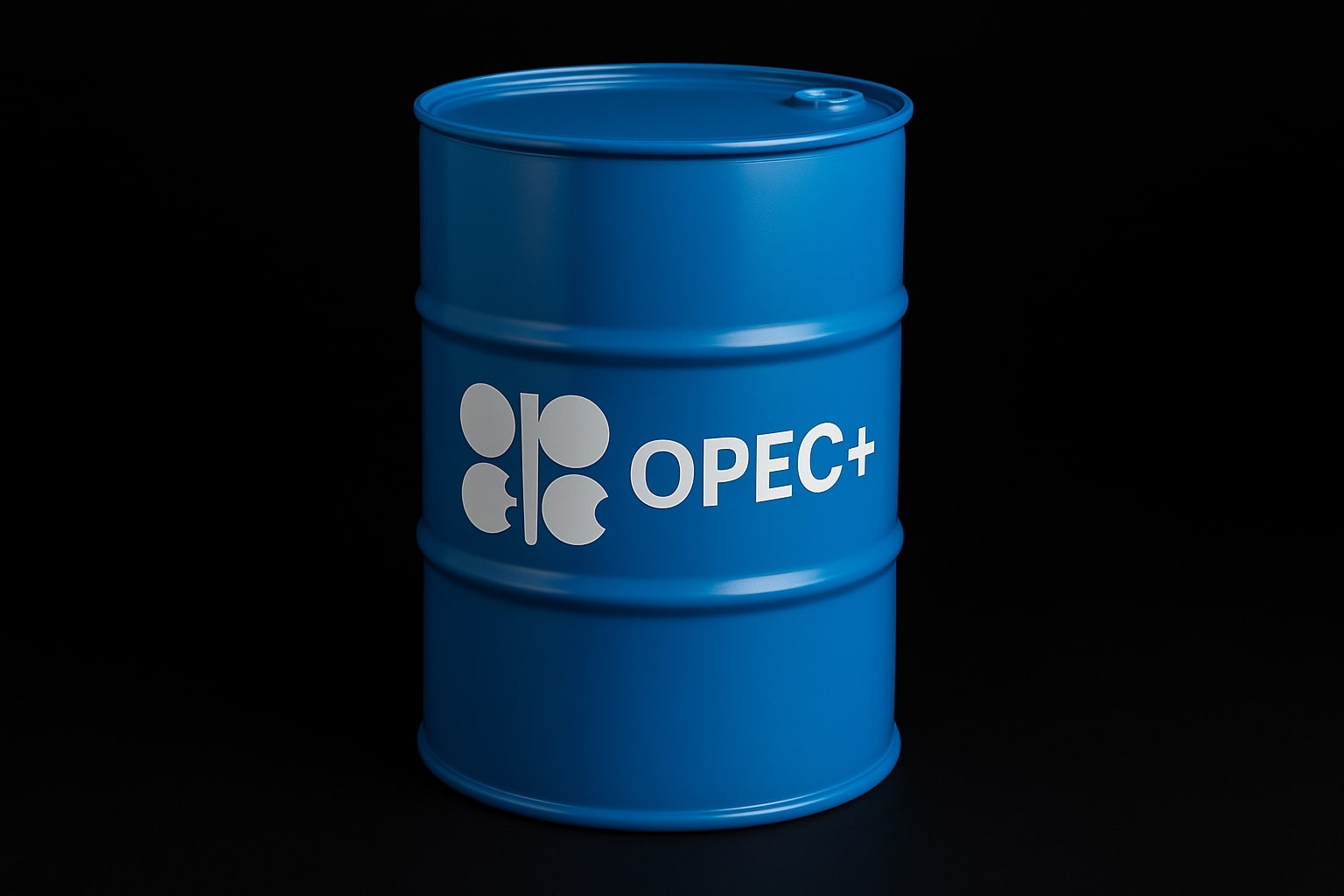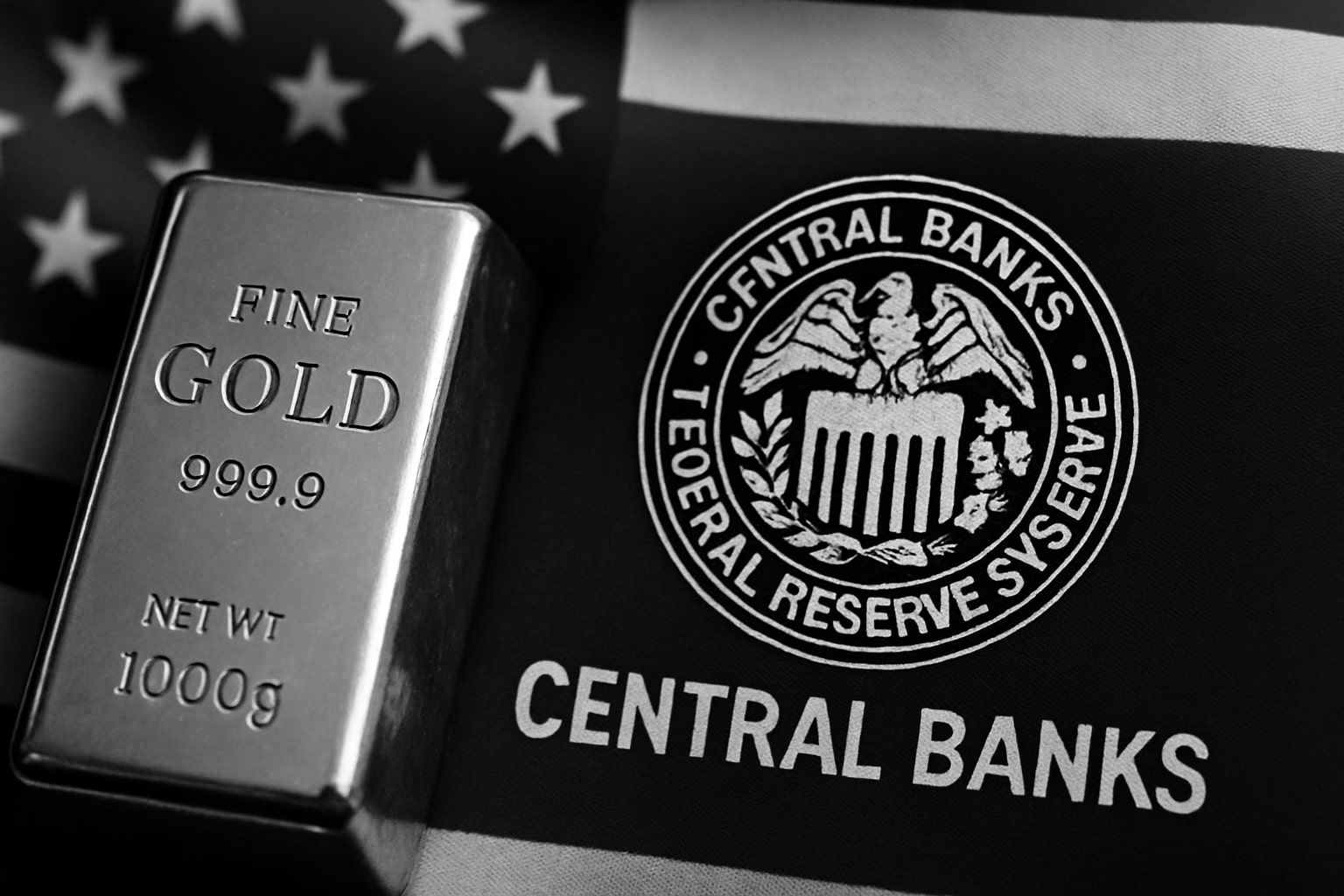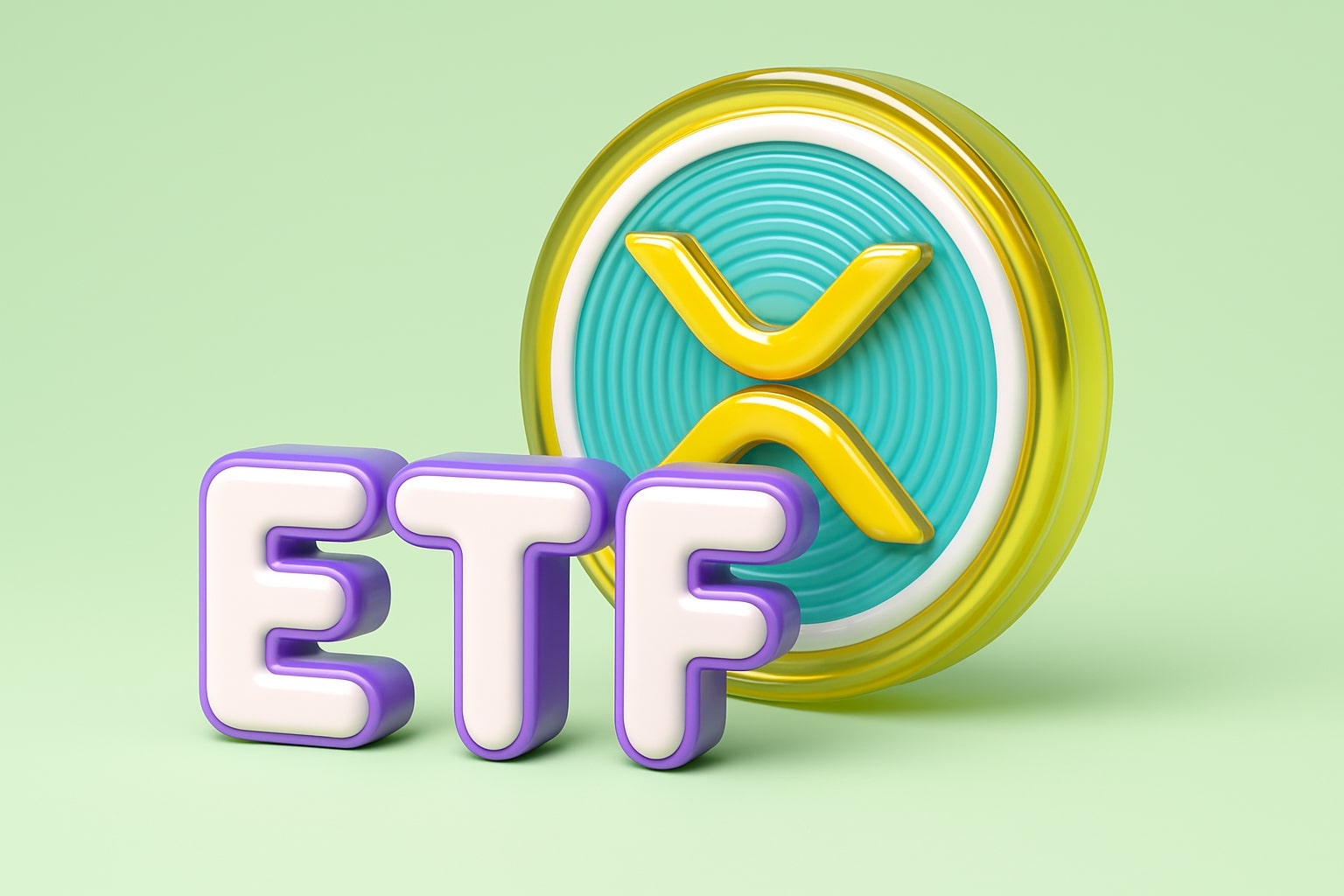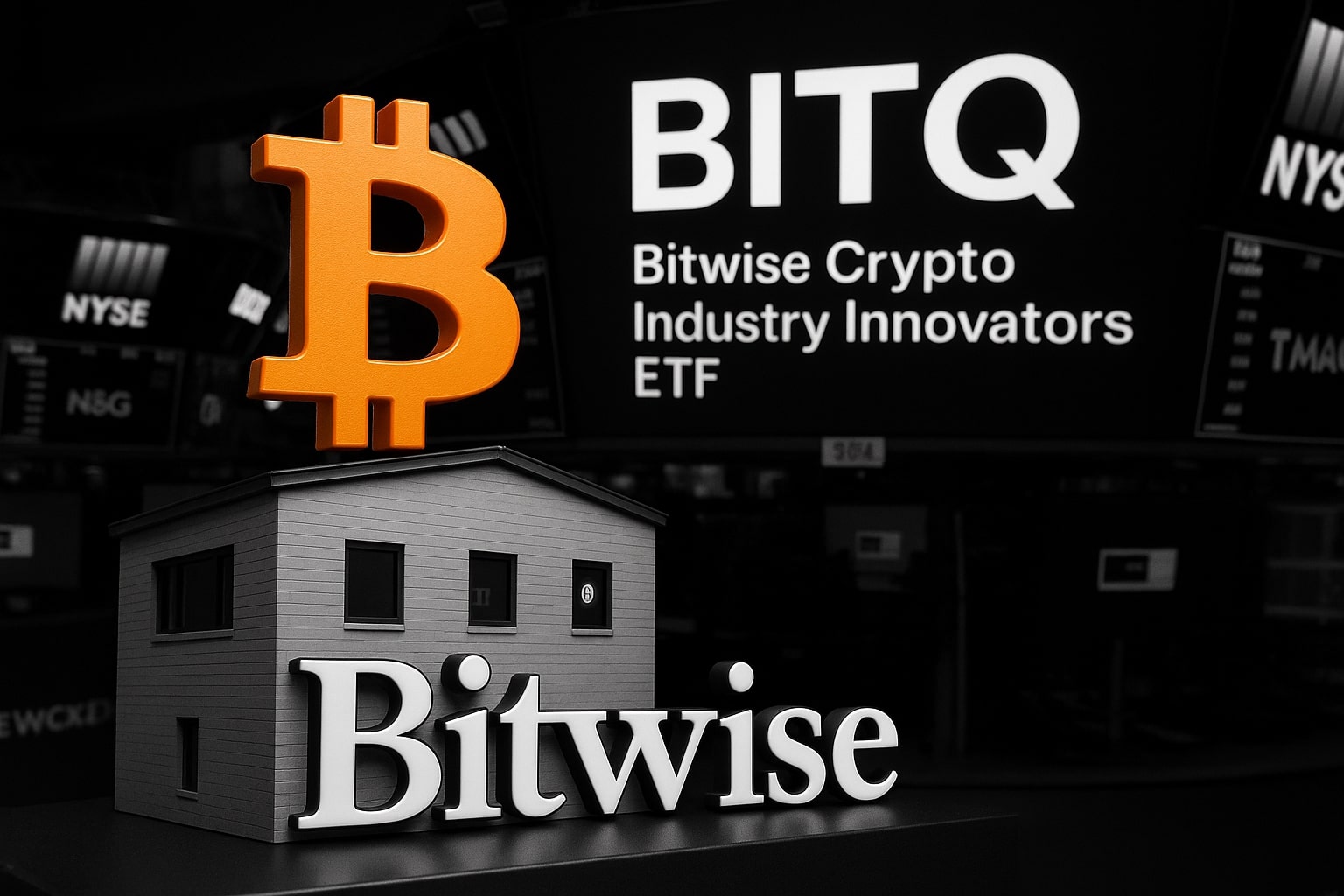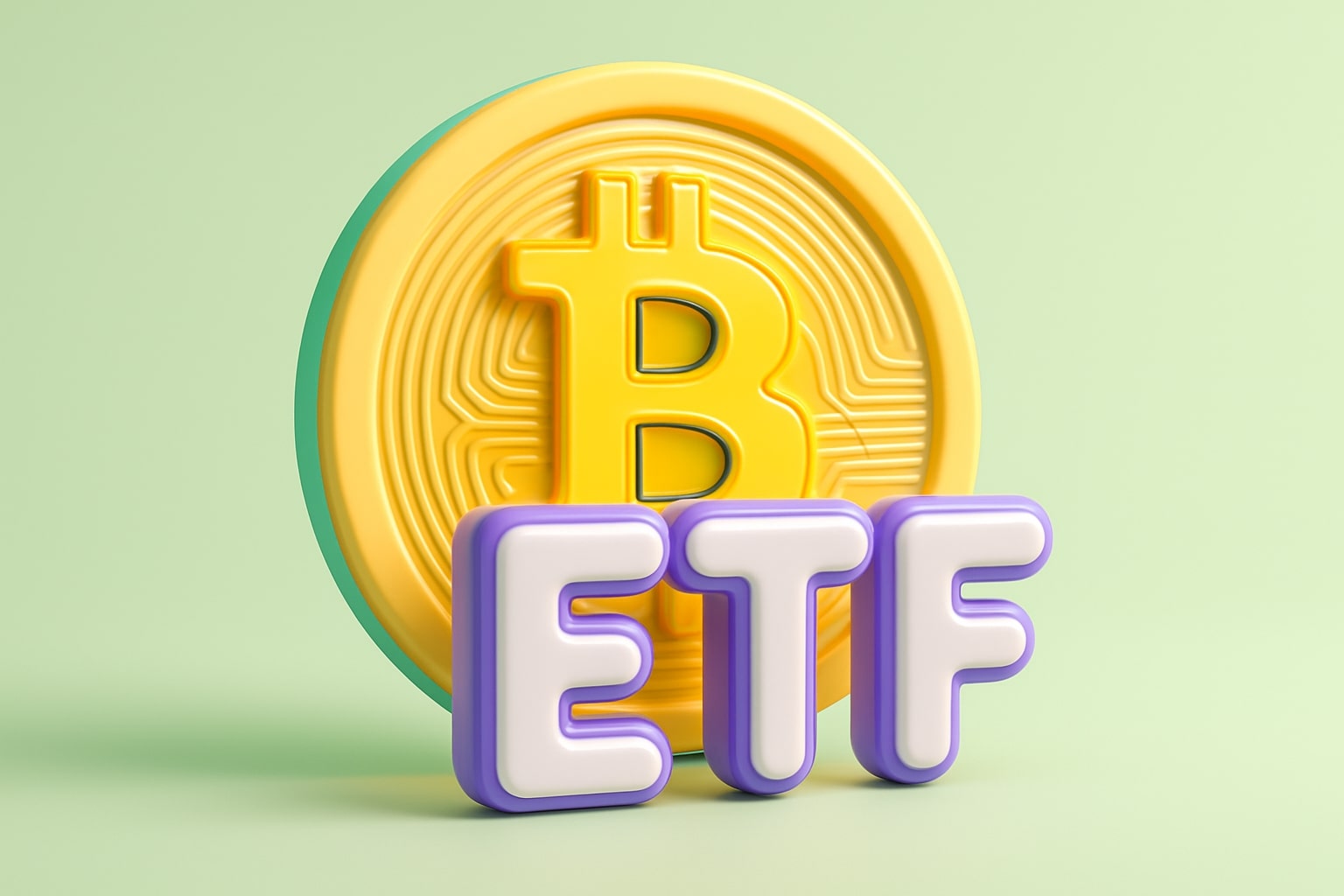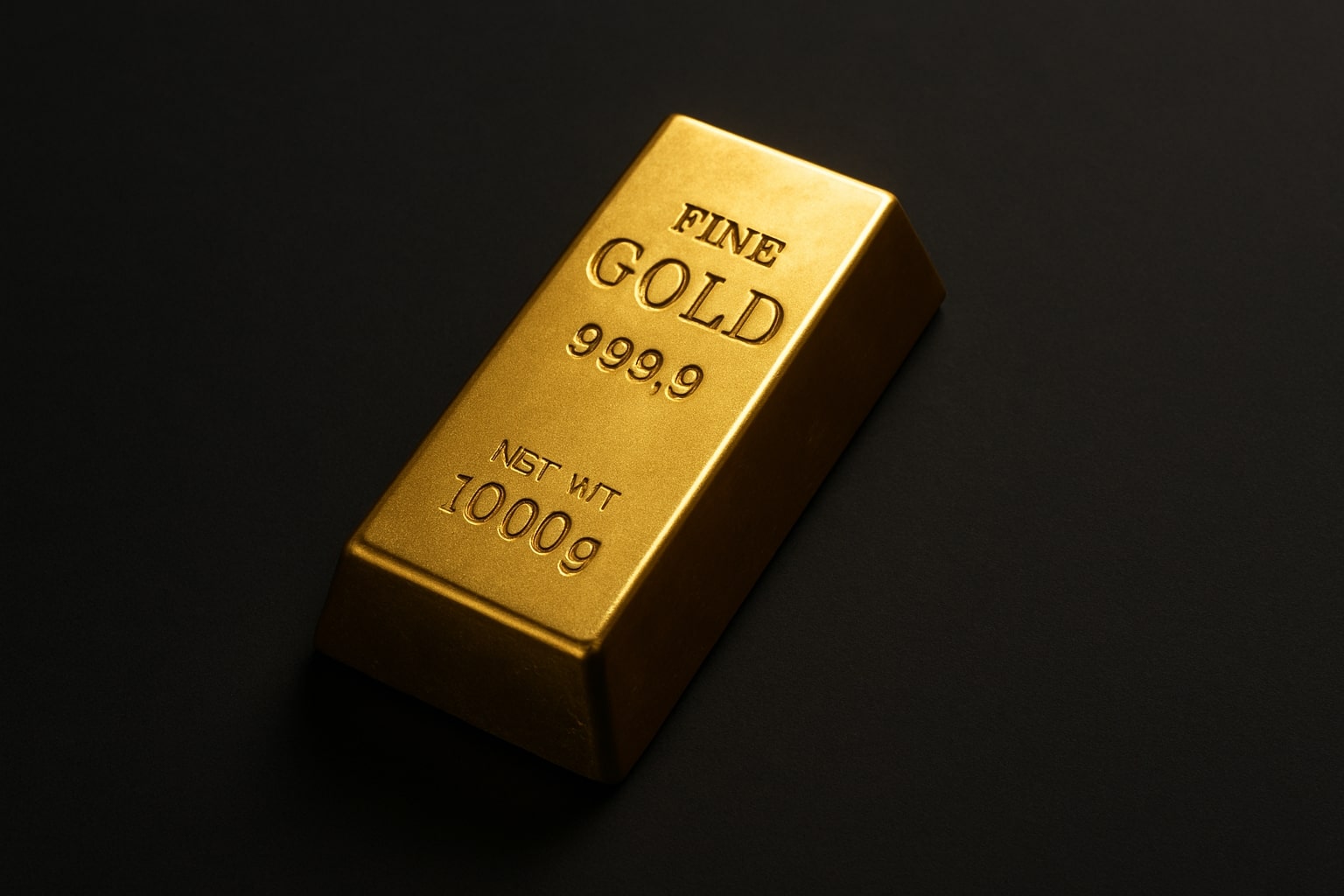
Gold Price Aims for $3,800 as Fed Pivot, China Buying, and Supply Tightness Align
Rate cut bets, sovereign accumulation, ETF rotations, and declining yields drive gold toward breakout above $3,500 | That's TradingNEWS
Global Gold Market Grapples With Diverging Demand, ETF Outflows, and Central Bank Accumulation
Monetary Policy Momentum Shifts to Gold’s Favor as Rate Cut Bets Strengthen
Gold’s fundamental backdrop is strengthening in tandem with collapsing Treasury yields and growing investor conviction that the U.S. Federal Reserve will resume cutting interest rates in September. As of August 13, the 10-year Treasury yield has declined to 4.26%, while the CME FedWatch tool shows a 94% probability of a rate cut next month, up sharply from just 86% days prior. This macro environment has pushed spot gold ($XAU/USD) and futures contracts ($GC=F) to their highest levels of the year.
Gold futures opened Wednesday at $3,399.60/oz, up 1.5% from the prior day and nearly $911 higher year-over-year—a staggering +38.1% annual gain, outpacing most risk assets and even central bank forecasts. The July CPI print of +2.7% YoY—flat vs. June but still stubborn—strengthened gold’s positioning as a real-rate hedge and safe-haven bid. With inflation sticky and policy rates likely to fall, gold becomes increasingly attractive as a yield-free store of value.
Technically, gold has entered a Symmetrical Triangle consolidation, now testing its 20-day EMA at $3,357. Resistance stands at $3,500, while breakout targets sit at $3,550 and $3,600, with measured moves potentially extending to $3,800. Momentum remains supported by declining bond yields and RSI readings in the 40–60 range, which suggest neutral-to-bullish positioning, not exhaustion.
ETF Outflows and Chinese Investor Rotation Reflect Softness in Passive Flows
Despite bullish global price action, flows into gold ETFs, particularly in China, paint a more complex picture. In July, Chinese gold ETFs saw net outflows of RMB2.4 billion ($325 million), reducing their total assets under management to RMB151 billion ($21 billion) and collective holdings to 197 metric tonnes, down 3 tonnes on the month.
This reversal came after record inflows in the first half of 2025, totaling RMB61 billion ($8.5 billion). The sharp July rotation aligns with improved domestic equity sentiment—China’s CSI 300 index posted its best monthly performance since September 2024—and fading expectations for further rate cuts from the People’s Bank of China. These competing macro narratives helped sap demand for passive gold exposure despite the metal’s stable pricing in RMB terms, which rose 0.5% in July.
Chinese investors aren’t abandoning gold entirely—they're pivoting. With bar and coin demand still firm and real yields low, many are exiting ETFs in favor of physical accumulation or more tactical trading strategies. Still, the July retreat underscores the limits of trendless price action in driving retail ETF interest.
Central Banks Cement Gold's Role as a Strategic Reserve Asset
The People’s Bank of China (PBoC) extended its aggressive accumulation streak in July, buying another 2 tonnes, marking the ninth consecutive monthly purchase and lifting China’s official gold reserves to 2,300 tonnes—now 6.8% of total FX reserves. So far in 2025, China has added 21 tonnes, reinforcing the long-term demand base for bullion at sovereign levels.
This trend continues globally. Central banks, including those in emerging markets, are prioritizing gold amid shifting geopolitical risk, de-dollarization narratives, and U.S. fiscal concerns. The World Gold Council notes that gold now acts not just as a monetary hedge, but a geopolitical one—particularly for countries with exposure to dollar weaponization risk.
Wholesale Demand in China Rebounds Modestly But Remains Depressed
Gold withdrawals from the Shanghai Gold Exchange (SGE) increased to 93 tonnes in July, up slightly from June and 4 tonnes higher YoY. While the rise was seasonal—typical of Q3 jewelry restocking—the figure remains well below the 10-year average, reflecting broader weakness in China's jewelry and wholesale sectors.
The divergence between investment and adornment demand is stark. Despite strong bullion purchases and price gains (RMB gold is up 22% YTD), jewelry consumption remains under pressure due to affordability constraints. The high local price of gold, driven in part by a weaker yuan, has curbed restocking activity from retailers and depressed tonnage growth in that segment.
This dynamic was also reflected in June’s gold import data, which showed a sharp m/m decline to 50 tonnes, a 45% drop, and the weakest H1 performance since 2021. Total H1 imports stood at just 323 tonnes, a 62% drop from the same period last year. With soft jewelry restocking and strong local inventories, China's import demand may remain subdued even as prices continue higher.
Gold Derivatives Activity Cools as Volatility Contracts
Futures volumes on the Shanghai Futures Exchange (SHFE) dropped 18% m/m in July to average 242 tonnes per day, though this still sits above the 5-year average of 216 tonnes. This decline is consistent with the narrow trading range in gold, which has muted volatility and reduced short-term trading appetite. With gold caught between major resistance at $3,500 and a floor near $3,200, traders may await a decisive breakout before re-engaging.
Still, falling volatility alongside rising spot prices suggests that the rally is being driven by real demand, not speculative leverage. Open interest data from COMEX also supports this view—declining leverage and climbing spot prices generally indicate conviction from physical buyers and institutional allocators.
Gold Miners React to Price Shift: Focus Turns to $GOLD and $FNV
While gold spot prices continue to gain, equities tied to gold mining such as Barrick Gold Corporation ($GOLD) and Franco-Nevada ($FNV) are reacting more cautiously. $GOLD remains rangebound near $20/share, with valuation compression driven by soft Q2 production guidance and energy cost inflation. Meanwhile, $FNV has seen increased flows from institutional buyers seeking royalty exposure over operational risk.
Investors in mining equities must weigh the strong spot price environment against margin pressures, declining ore grades, and rising labor costs. Still, with gold trending near $3,400–$3,500, most producers are operating well above all-in sustaining costs, which typically range from $1,200–$1,500/oz, leaving room for margin expansion into H2—if costs remain stable.
Philippines Gold Market Joins Rally With Localized Pricing Surge
In the Philippines, gold prices followed global momentum. As of August 13, gold stood at ₱6,133.41 per gram, up from ₱6,126.63 the previous day. The per tola price climbed to ₱71,538.87, reflecting the broader upward movement in XAU/USD. This reflects both external macro drivers and local FX adjustments, given the peso's recent weakness against the dollar.
The local increase in gold prices highlights the commodity’s universal appeal in inflationary environments—retail investors in emerging markets are joining the institutional shift toward hard assets. In countries like the Philippines, where inflation pass-through and central bank tools are more limited, gold remains a frontline defense for household capital.
Gold Technicals Remain Bullish With Breakout Eyes on $3,500
From a technical perspective, gold’s price action remains constructive, with the symmetrical triangle formation tightening just beneath major resistance. The key breakout level remains $3,500, a psychological and technical barrier last tested in late April. A confirmed breakout could open the door to a measured move to $3,800, a 9% upside from current levels.
Support remains at $3,245, the May 29 low, and the 100-day EMA near $3,200. Should prices breach those levels, further downside could extend to $3,121, the May 15 pivot. The 14-day RSI hovering between 40–60 suggests the market is neither overbought nor oversold—positioned for a breakout, not a collapse.
Verdict: Gold ($XAU/USD) Remains a BUY With Tactical Upside to $3,800
Considering the convergence of fundamentals—rate cut expectations, sovereign accumulation, falling real yields—and the solid technical posture, gold remains a BUY. Investors should watch for a decisive break above $3,500, which could trigger institutional reallocation and trend-following momentum.
With the U.S. dollar weakening, real yields declining, and central bank policies globally turning dovish, the path of least resistance remains higher. Weak Chinese imports and ETF outflows reflect rotation more than rejection—long-term tailwinds remain intact.
Target range: $3,550–$3,800
Stop-loss: $3,245
Confidence level: High (on rate policy, technical structure, and demand stability)
That's TradingNEWS
Read More
-
BITQ ETF Soars 66.55% as Bitcoin Blasts Past $124,000 — Crypto Equities Lead 2025 Rally
13.10.2025 · TradingNEWS ArchiveStocks
-
XRP ETFs XRPR, XRPI Slip as Ripple XRP-USD Holds $2.62 — SEC Fast-Track Could Ignite $20B
13.10.2025 · TradingNEWS ArchiveCrypto
-
Natural Gas Price Forecast - NG=F Steadies at $3.00 as U.S. Export Boom Tests Old Fields
13.10.2025 · TradingNEWS ArchiveCommodities
-
USD/JPY Price Forecast - Dollar to Yen Climbs to ¥152.28 as Japan’s Political Shakeup
13.10.2025 · TradingNEWS ArchiveForex















